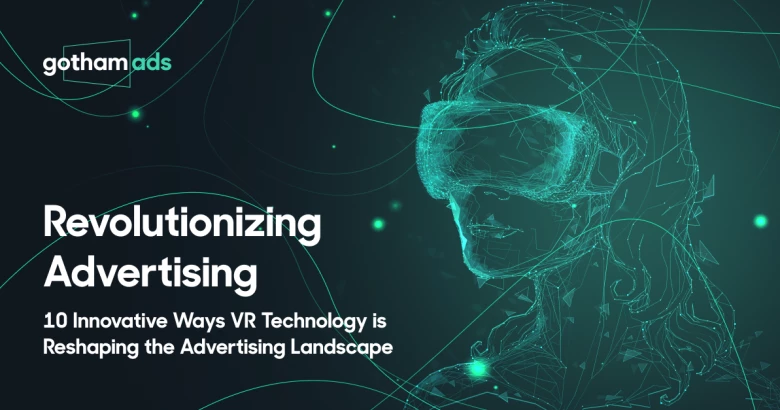Revolutionizing Advertising: 10 Innovative Ways VR Technology is Reshaping the Advertising Landscape

VR technology advances and becomes more accessible. Of course, this instrument has been a game-changer in the advertising industry. Wide-ranging and novel use cases make VR an exciting feature for advertising teams to experiment with, says Forbes article.
Presented below are 10 innovative methods through which VR technology might completely transform the field of advertising.
1. Subliminal ads based on emotions and thoughts
VR could track users' emotional responses through biometric data and eye tracking, allowing advertisers to refine campaigns based on the emotional impact they generate.
2. Hyper-personalized experiences
Virtual reality is the new playground for advertisers, where hyper-personalized experiences place the viewer at the heart of their own story. AI-driven insights will intuitively build these ads into existing virtual experiences so they enhance rather than detract from content consumers have chosen to consume.
3. VR ad blocker bypass
With the rise of ad blockers, brands could embrace VR as a way to present ads that are harder to ignore or block, requiring users to engage with them in the virtual environment.
4. Interactive product placement
VR enables dynamic, interactive product placement within virtual environments, offering users the chance to engage with products organically and even manipulate or test them in real time.
5. Customers' ‘teleportation’ into new contexts
Augmented reality is great at letting customers teleport your products into their existing spaces. It will helps to “teleport” the customer so that they see your products in a different context entirely. Instead of dropping your furniture designs into their current home, they could experience them in their dream home to create an aspirational feeling.
6. Immersive storytelling campaigns
VR allows brands to create immersive narratives that consumers can actively participate in, forging a deeper emotional connection and engagement with products and services.
7. First-person ads experiences
It’s likely that advertising storytelling will shift toward a more immersive, personalized and memorable first-person experience, allowing for interactive engagement with brands and products and positive outcomes. Essentially, advertising will be both entertaining and effective.
8. Virtual showrooms and try-ons
Brands could establish virtual showrooms where users can explore products in a lifelike setting, trying them out virtually before making purchase decisions, enhancing the online shopping experience.
9. Virtual e-commerce storefronts
VR can be used in advertising to create immersive experiences that blur the lines between the virtual and physical worlds. For example, rather than having to go into a store to try out a brand’s products, a VR e-commerce storefront promoted through digital ads could allow users to shop from anywhere in the world and really feel as if they’re in the store environment.
10. Spatial advertising
Advertisers could utilize VR's spatial awareness to craft ads that respond to users' movements and gaze, ensuring a seamless integration of ads within the virtual environment.


